Growing Periwinkle |
 Vinca minor, the “dwarf periwinkle”, is one of the groundcovers. In general, however, the plant is also referred to as “lesser periwinkle” or “myrtle”. With its long stolons it covers even large areas and forms beautiful, blue-violet flowers. You can enjoy this wonderful flower from spring to the end of the summer. Plant Profile
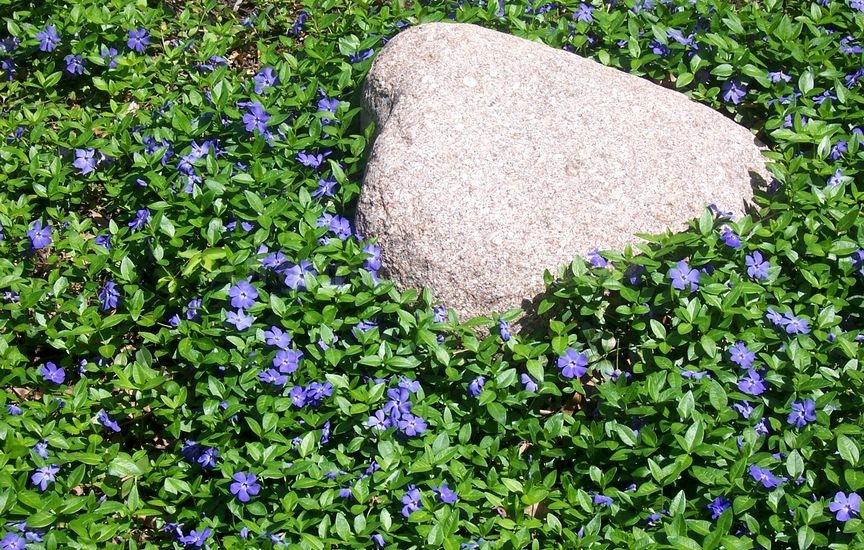 Whether in the garden or in parks, the dwarf periwinkle is a real eyecatcher. The plant is not only available in blue-violet, but also in many other colours. The unpretentious soil plant reaches a height of about ten centimeters. It thrives in different locations, such as under trees or on slopes. With Vinca minor you can cover your garden in an efficient and beautiful way. In general, the dwarf periwinkle is believed to originate from the Mediterranean and Southern Central Europe. Later, the Romans brought this beautiful plant with them, spreading it throughout Europe. Later on, vinca minor was introduced in Northern Europe and the British Isles under the name “Gartenflüchtling”. In North America the plant is even growing in the wild. Today the “dwarf periwinkle” is very popular, so it is not surprising that the plant is often seen. Care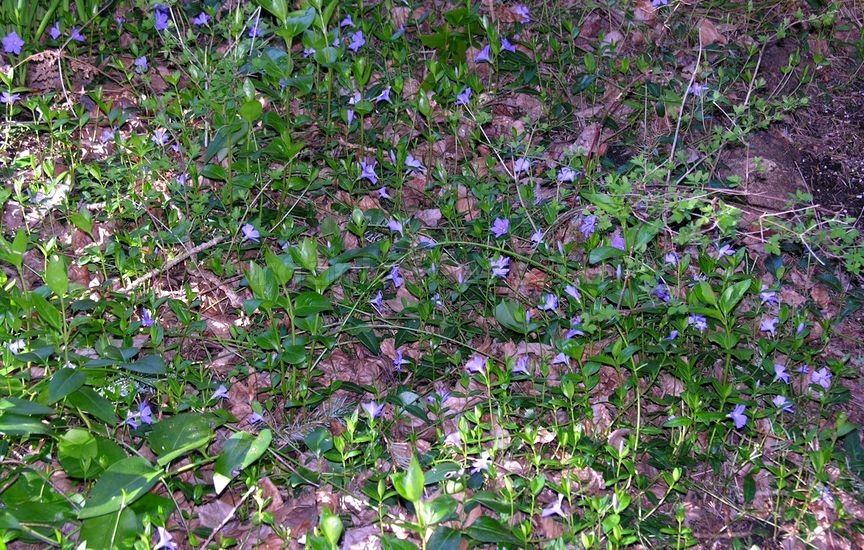 The dwarf periwinkle is not only a real eyecatcher, but also quite unpretentious when it comes to the care. The plant can thus also be easily cultivated by beginners. The evergreen leaves as well as the long lasting blossom splendor make the dwarf periwinkle something very special. In addition, the plant is very robust and not particularly prone to pests or diseases.
Location and soilVinca minor prefers a half schady or shady place. However, the beautiful plant is difficult to grow in completely dark spots. With regard to the soil, the dwarf periwinkle does not make any great demands. It grows in all circumstances, in permeable, fresh, warm and humid soils.
The soil may also be slightly acidic or chalky. Only heavy as well as compacted soils are completely unsuitable for the dwarf periwinkle. The sowing of the dwarf periwinkle is quite difficult for beginners. In addition, seed is rarely sold in the stores.  For sowing, the procedure is as follows:
CultivationWhen the temperatures are between 24 and 28 degrees in the day and between 20 and 24 degrees in the night, the germination conditions are perfect. The young plants are then pricked after about three to six weeks. When pricking, you should maintain a distance of about two to three centimeters between the plants.
Already towards the end of May you can put the plants in a bed. However, in order to successfully extract the dwarf periwinkle from seeds, all conditions have to optimally harmonize with one another. Because of this, dwarf periwinkle are mostly not cultivated from seeds. Planting 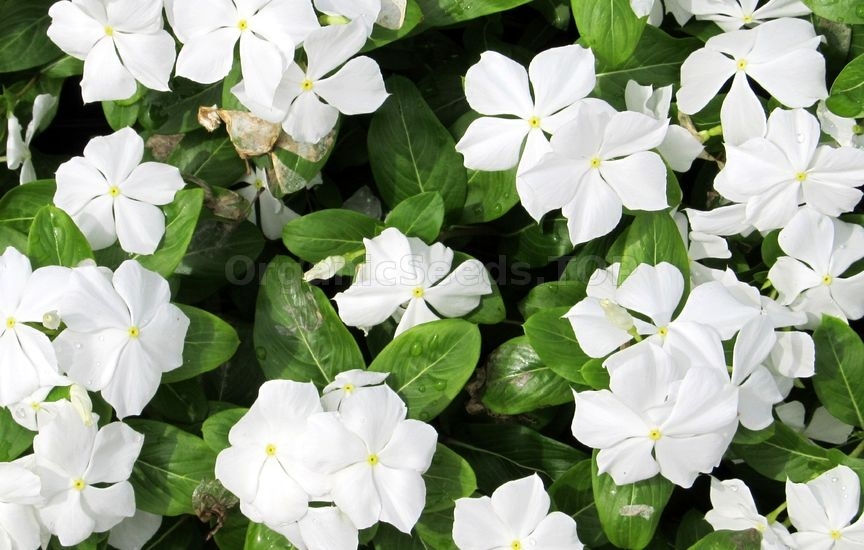 Spring is the best time for the planting of vinca minor:
When you finally plant the vinca minor into your garden, it is advisable to keep a certain planting distance, so that the dwarf periwinkle will delight you with a magnificent growth and a beautiful bloom. For example, you should only use ten to twelve plants on one square meter of area if you want the area to become green quickly. If a quick greening is not so important to you, then you can also safely use fewer plants. Replanting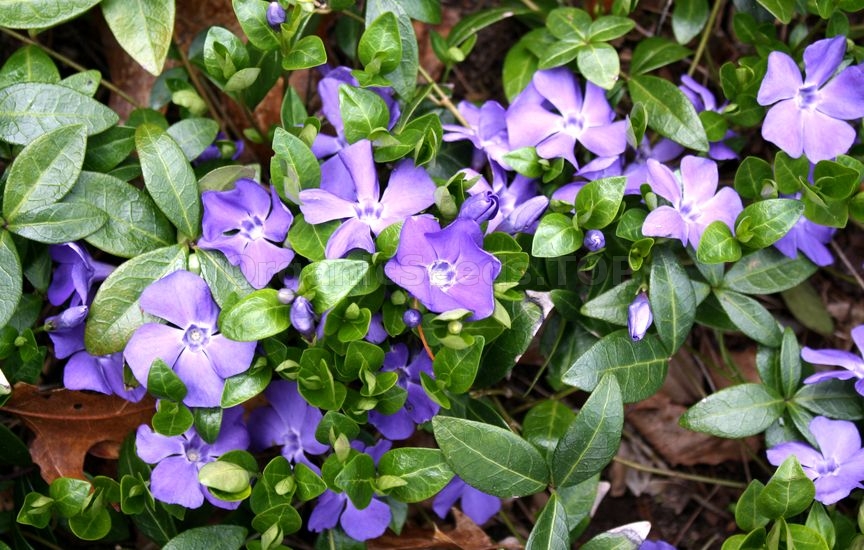 Vinca minor can be completely or partially replanted without problems. Proceed as follows:
Cutting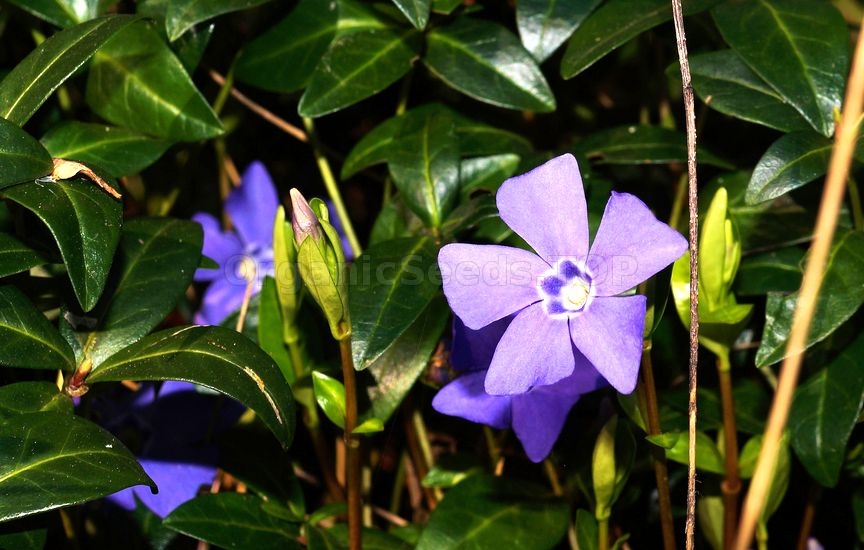 Cutting of the dwarf periwinkle is not necessary. Only in the case of unwanted, too strong multiplication, you may cut it back. In doing so, the plant easily tolerates a very strict cutting.
Cutting procedure:
Watering and fertilizing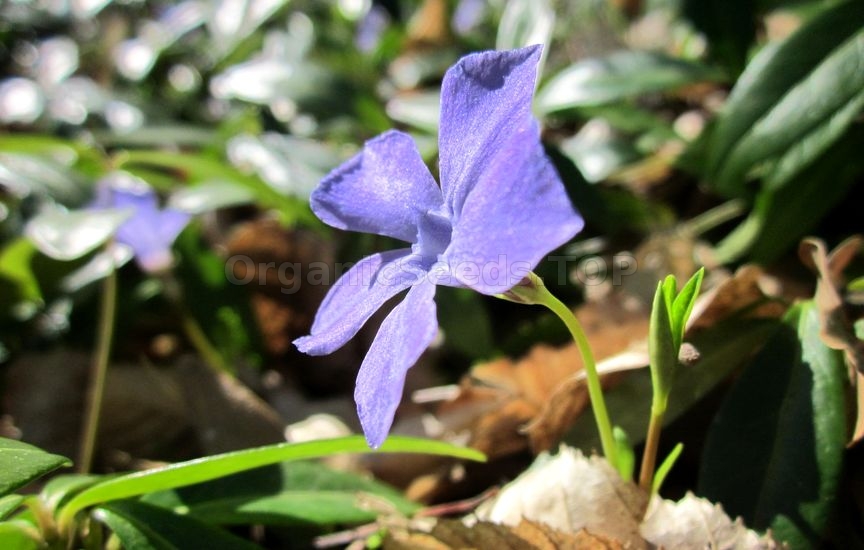 The watering of the dwarf periwinkle is dependent on the location. If, for example, the plant has been placed in a very sunny spot, it may be necessary to water it every day during the hot season. In winter, however, you should only slightly pour the plant. Fertilizers are not necessary.
Vinca minor is a very robust plant and it is also winterhart. Depending on which variety of periwinkle you have, the plant may even tolerate temperatures down to -20 degrees. Thus you can leave the dwarf periwinkle in the garden, even in winter. For very severe frosts it is however advisable to cover the plant with brushwood or garden fleece. On the other hand, you must not use bark to cover the plants, since it emits tannic acid. This adversely affects the growth of the plant. In addition, bark mulch promotes the growth of field horsetail. You should also make sure that the dwarf periwinkle gets enough water even in case of frost. Generally, however, you should sparingly pour the plants in winter. Cuttings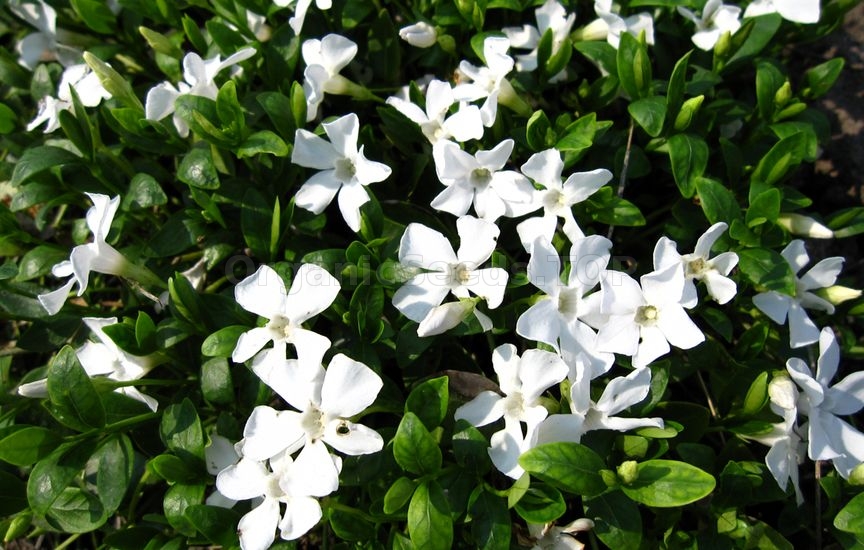 Cuttings can generally be generated from May to autumn. However, the soil should not be frozen. Make sure that each cutting has one or two pairs of leaves. Immediately after cutting, you should place the cuttings either in a pot with conventional moist soil or in moist peat. Within a short time, the cuttings will already form roots, so you can then replant them into the garden or into a larger pot.
Dividing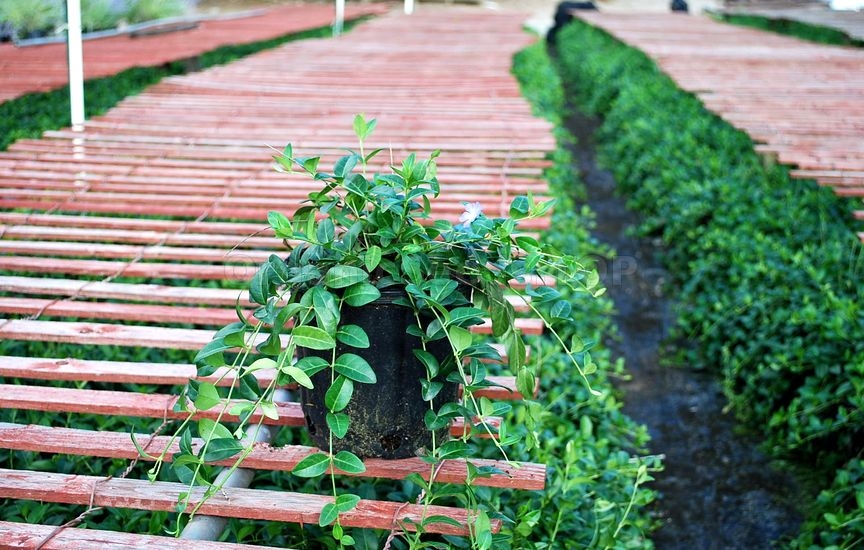 The perfect time to divide the plant is in spring. To do this, proceed as follows.
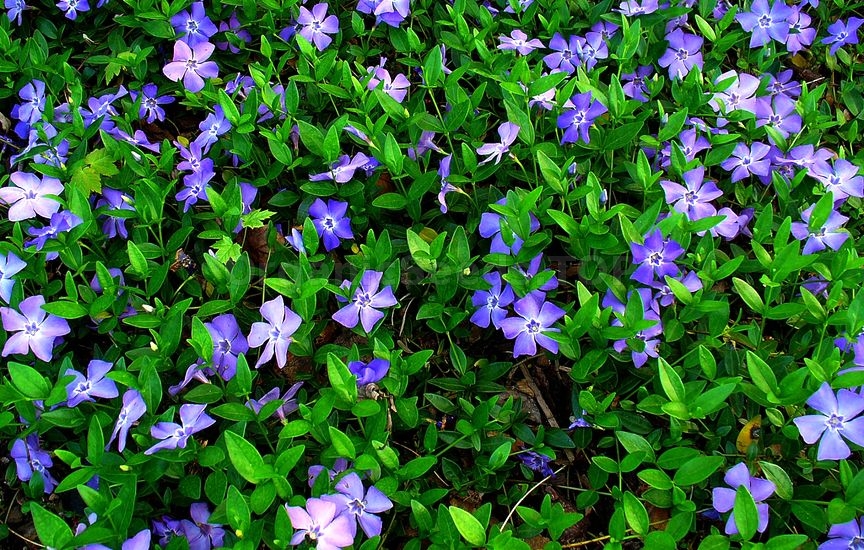 |
|
|
